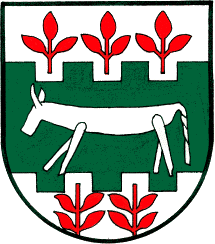Gschnaidt: Difference between revisions
Jump to navigation
Jump to search
Knorrepoes (talk | contribs) m (Text replace - "'''Origin/meaning :'''<br>" to "====Origin/meaning====") |
Knorrepoes (talk | contribs) m (Text replace - "|width="15%"|50 px|right |}" to "|width="15%"|50 px|right |}<seo title="Wappen, Gemeindewappen" />") |
||
| Line 3: | Line 3: | ||
|width="70%" align="center" |'''Heraldry of the World<br>Civic heraldry of [[Austria]] - [[Austria|Österreichische Gemeindewappen]]''' | |width="70%" align="center" |'''Heraldry of the World<br>Civic heraldry of [[Austria]] - [[Austria|Österreichische Gemeindewappen]]''' | ||
|width="15%"|[[File:Austria.jpg|50 px|right]] | |width="15%"|[[File:Austria.jpg|50 px|right]] | ||
|} | |}<seo title="Wappen, Gemeindewappen" /> | ||
'''GSCHNAIDT''' | '''GSCHNAIDT''' | ||
Revision as of 12:41, 7 November 2012
| Heraldry of the World Civic heraldry of Austria - Österreichische Gemeindewappen |
GSCHNAIDT
State : Steiermark
District : Graz-Umgebung
Origin/meaning
The arms were granted on May 11, 1992.
Gschnaidt is a name deriving from times when the land of Styria was colonised in the first Millenium. Today it would mean "clearing". To symbolise this, the shield was strewn with branches of beech. The parish church, St. Pancratius, was once a place of pilgrimage, where the pilgrims left votive gifts made from iron. One example of these was put into the arms. Before there was Gschnaidt's parish church of today, its site was occupied by the chapel of a local castle. This fact is symbolised by the battlements.
Literature : Image provided by Karl Palfrader (k.palfrader@aon.at), MStLA 42/43 (1993), p. 48

